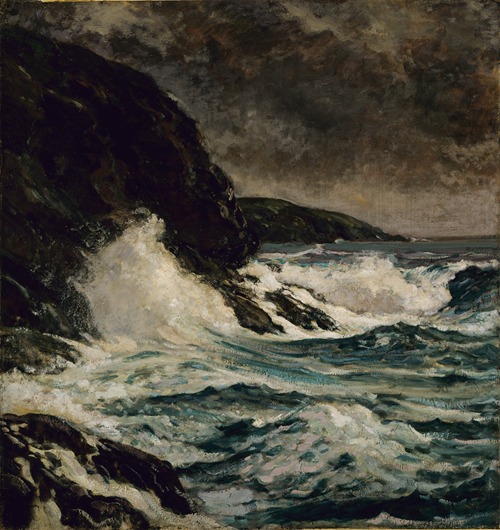
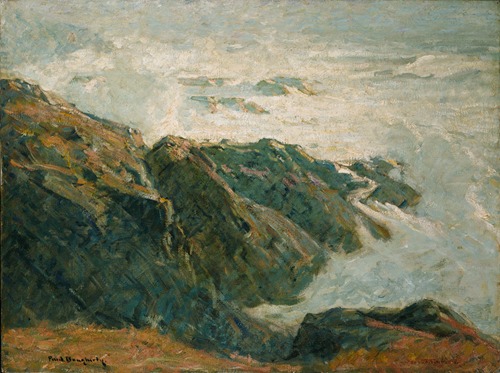
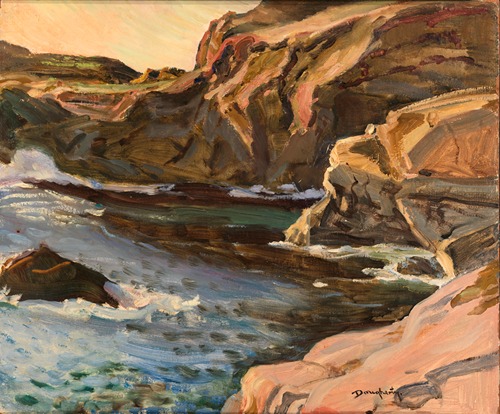
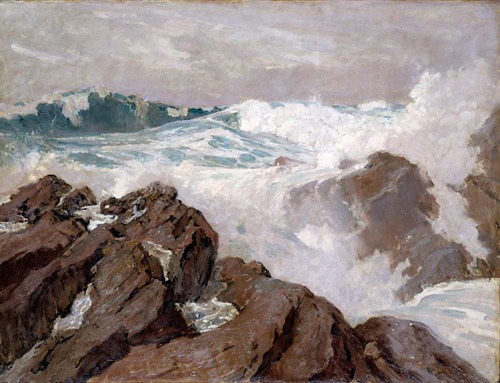
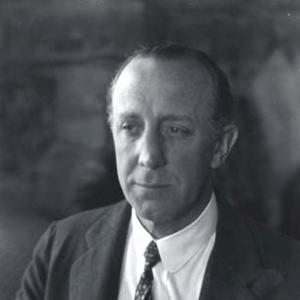

Paul Hampden Dougherty was an American marine painter. Dougherty was recognized for his American Impressionism paintings of the coasts of Maine and Cornwall in the years after the turn of the 20th century. His work has been described as bold and masculine, and he was best known for his many paintings of breakers crashing against rocky coasts and mountain landscapes. Dougherty also painted still lifes, created prints and sculpted.
The son of a prominent attorney, Dougherty graduated from law school and passed the bar, but chose art over the law. His artistic training was relatively brief. An erudite man and a world traveler, Dougherty sketched and exhibited extensively on both the east and west coasts of the United States, in the British Isles, throughout Europe and in Asia. He spent the first half of his career based in the east, but he moved west in 1928 and eventually spent the summers in Carmel, California and the cooler winter months in the desert. Dougherty won almost every major award at the annual exhibitions of the National Academy of Design in New York, as well as a Gold Medal at the Panama–Pacific International Exposition in San Francisco. By 1915 many American museums had purchased his works for their permanent collections. He was elected to membership of the National Academy of Design.



